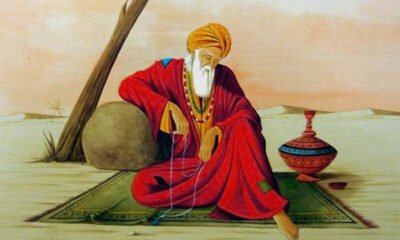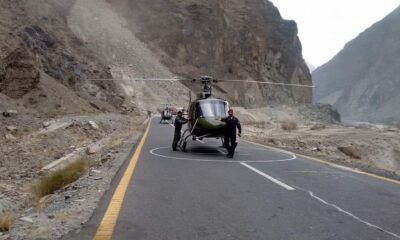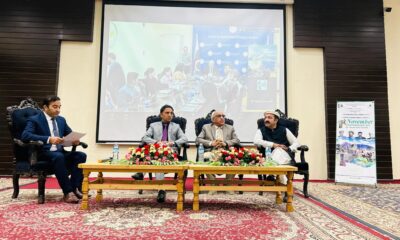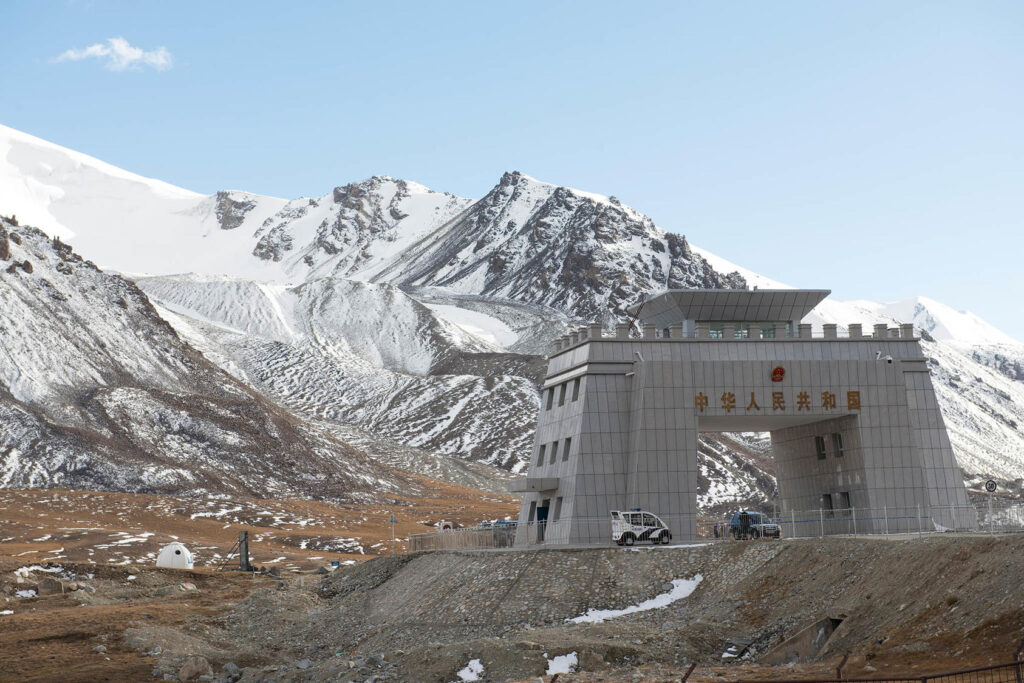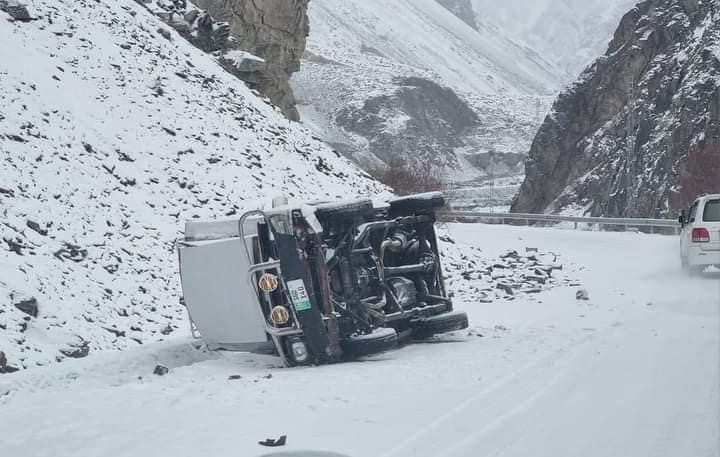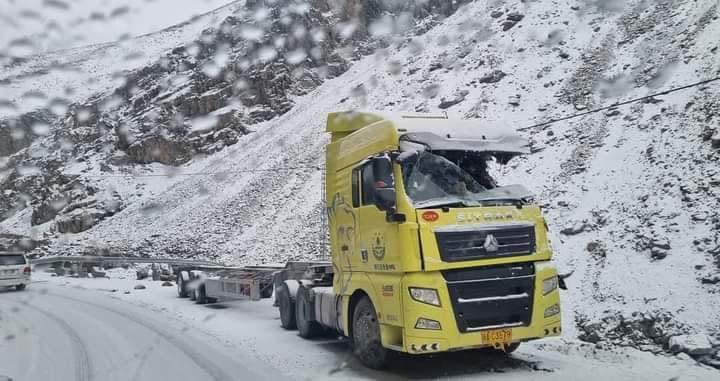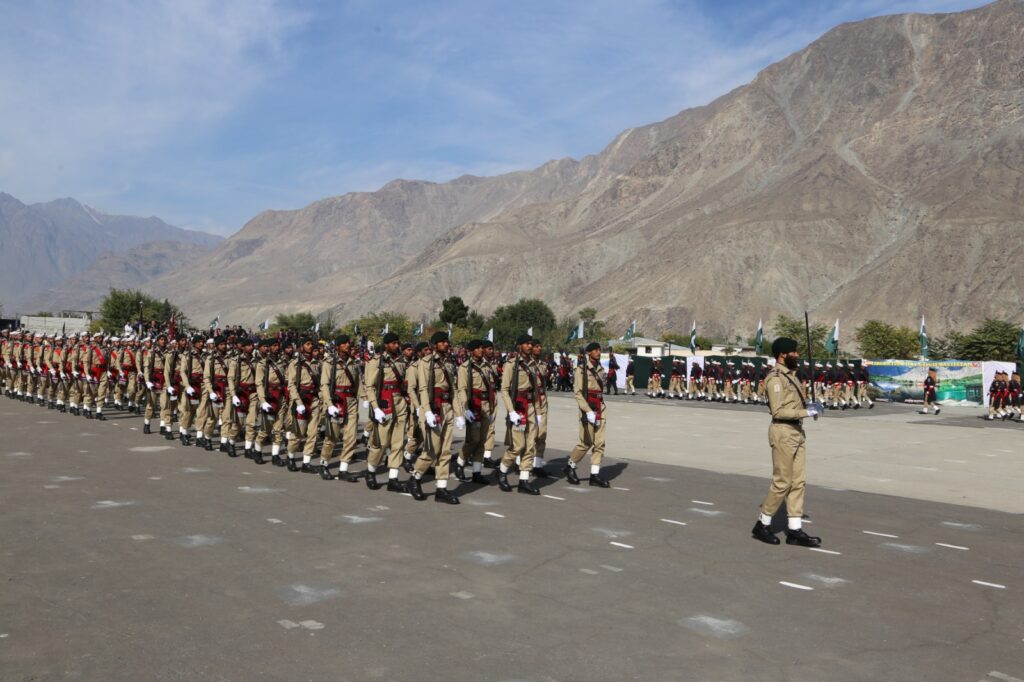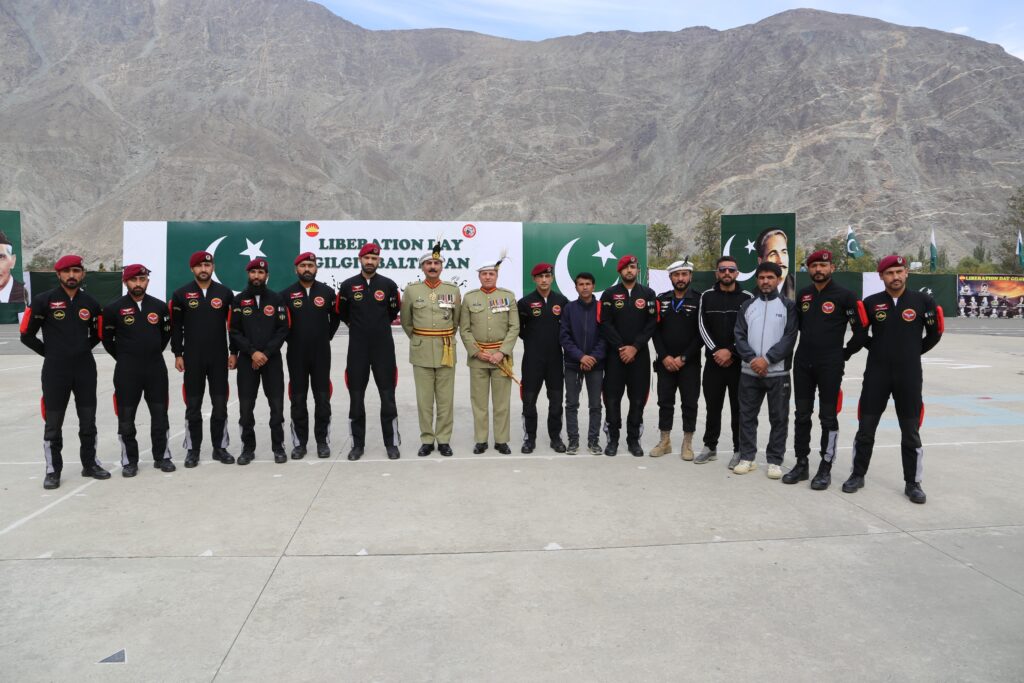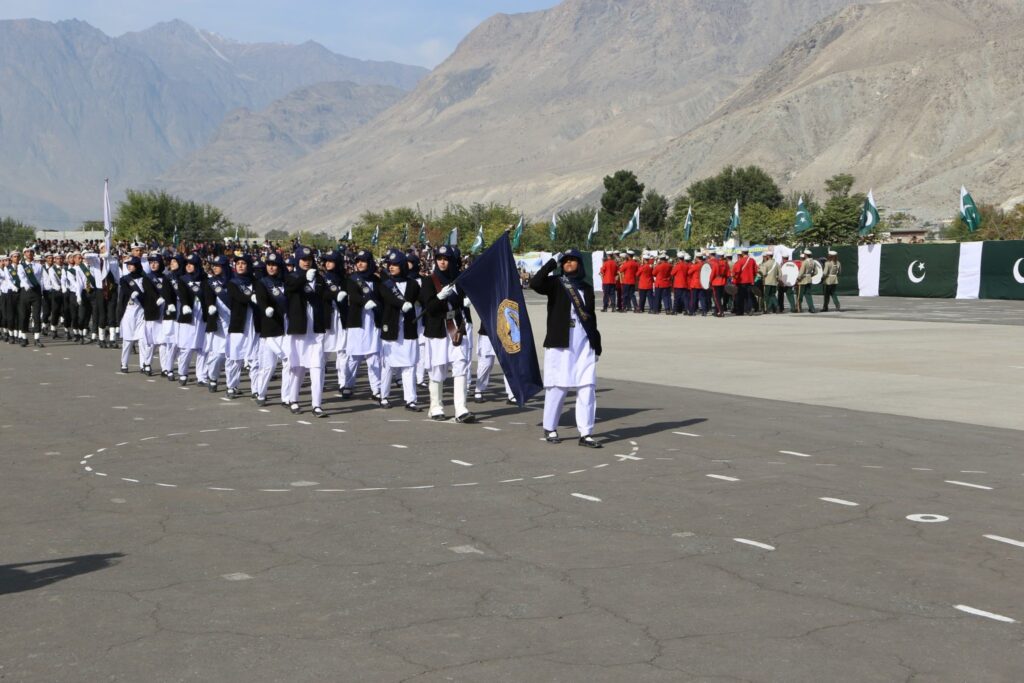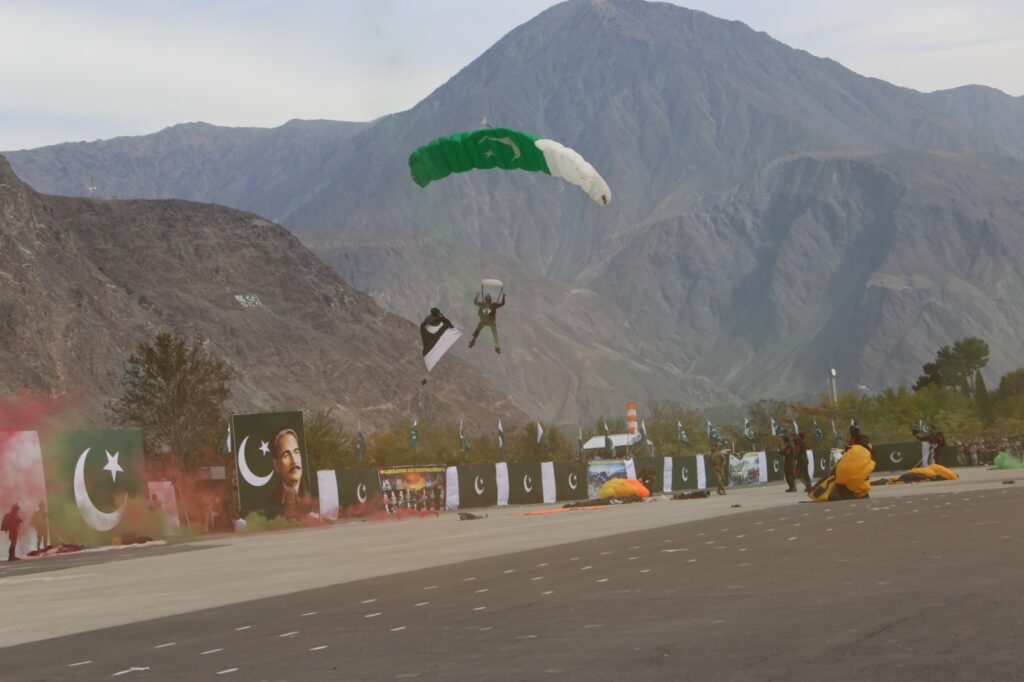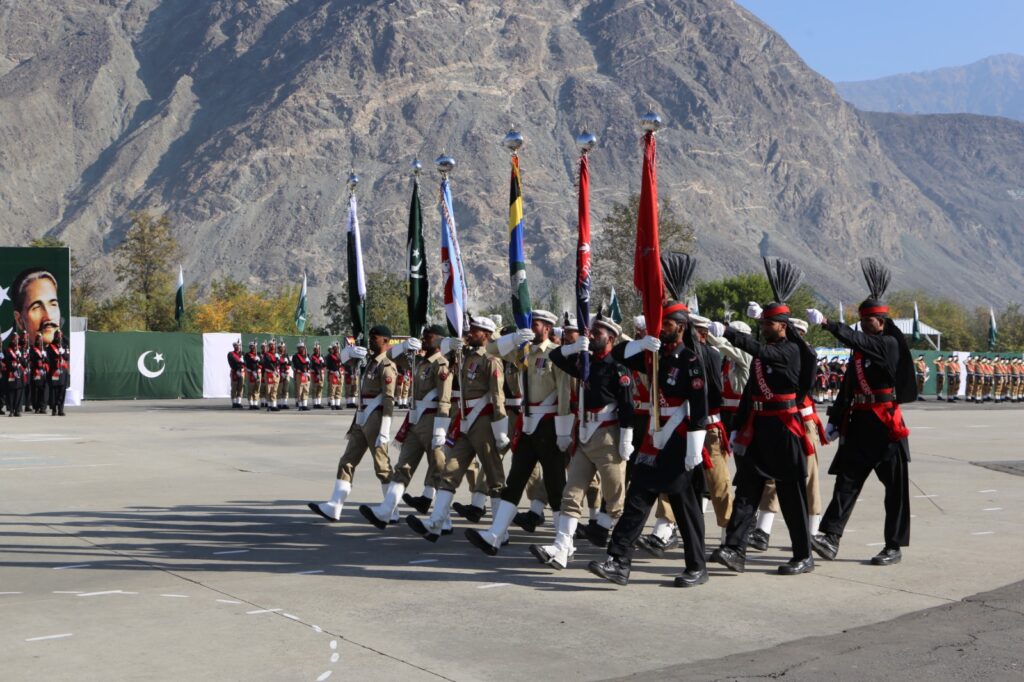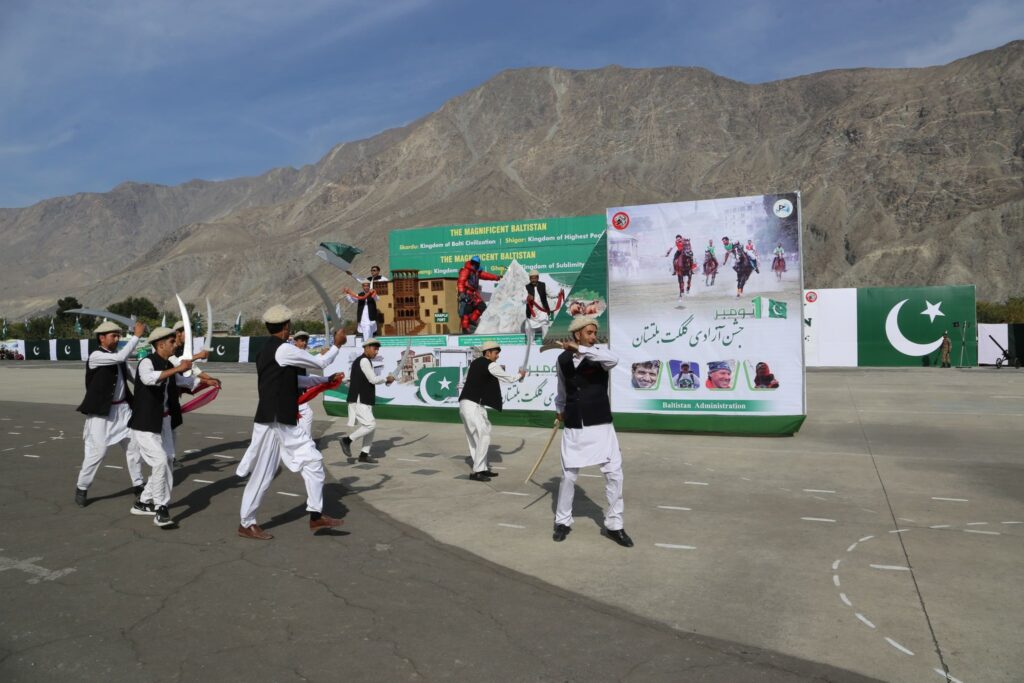Astore Valley is a hidden gem in the Gilgit-Baltistan region of Pakistan, nestled among the majestic foothills of the Himalayas. Known for its beautiful landscape, greenish meadows, snow-capped mountains, glistening glaciers, appealing waterfalls, and pristine rivers, this valley offers a truly enthralling experience for nature lovers and adventurers alike.The Valley is located in the eastern part of the Gilgit-Baltistan region bordering the Indian-administrated Jammu and Kashmir, which covers an area of over 592 square kilometers. It stretches 120 kilometers from east to west and is divided by the peak of Nanga Parbat (8126), dominating the sky with its majestic presence. The Astore River flows through the valley, adding to its spectacular beauty.
In Pakistan’s Gilgit Baltistan, the Astore Valley is a veritable treasure mine of historical beauty. Traders have long maintained commercial contacts between their cities and Kashmir’s markets by travelling the Astore Road. Students and businesspeople wishing to purchase Kashmiri textiles frequently visit Srinagar. Throughout history, tourists from all over the region have visited this area. It also played an important role in the settlement of the Astore Valley, thus creating a community.
Natural Beauty and landscapes.
The beauty of the Astore Valley is unparalleled, with its diverse landscape ranging from lush green meadows to snow-capped peaks. The valley is studded with thick woods, alpine pastures, and colourful wildflowers, creating a picturesque tapestry that leaves visitors in awe. Meandering Rivers such as the Astore and Rattu Rivers add to the valley’s charm, providing a tranquil atmosphere and excellent trout fishing opportunities.
Deosai Plateau (shared plateau with Skardu), Rama Lake, and Rupal Valley are some of the scenic attractions in this vast valley. In addition, Astore is known for its diverse natural attractions and proximity to mountain activities that are unique on the planet.
One of the loveliest spots to visit is Rama Astore. Rama Meadows and Rama Lake are about 10-11 km from Astore. Jeeps to Rama Meadows and Rama Lake take more than an hour’s drive. Rama is regarded as one of Pakistan’s most exquisite grasses, with green grass, mountain trees and shrubs, beautiful lakes and mountain vistas.
Deosai National Park is the highest plateau in northern Pakistan, located between Astore and Skardu Valley. It is often called the “land of giants” because it is believed ghosts and giants inhabit the land. At about 4,000 meters (13,000 feet) above sea level, the Deosai Plateau is one of the highest mountains in the world; with its craggy cliffs, flower-filled meadows, sparkling lakes, and rough hills, this valley is renowned for its stunning beauty. The Deosai Valley is completely blanketed in snow throughout the winter, which makes for a stunning winter scene.
Rupal Valley is renowned for its beautiful landscapes, majestic peaks, and diverse plant life and fauna. The valley stretches a giant distance, beginning from the base of Nanga Parbat and lengthening toward the Astore district. The Rupal River flows through the valley, adding to its natural splendour. The valley gives breathtaking views of Nanga Parbat, the “Killer Mountain.” Its snow-protected peaks and sheer cliffs attract mountaineers and adventurers from around the sector. Rupal Face, one of the three faces of Nanga Parbat, is considered one of the globe’s hardest and most technical mountaineering routes.
This majestic Astore Valley consists of more than a hundred villages that are beautiful tourist attractions in themselves, including Trashing, Chilam, Bubin, Gurikot, Rattu, Kamri, Minimarg, Mirmalik Valley, Rehmanpure Valley, and Burzil Top, are breathtaking places. These are distinct by their spectacular beauty.
Adventure and outdoor activities.
The mountain forest makes it a paradise for trekkers, hikers, and climbers. The area offers a variety of trekking routes, from easy hikes to strenuous expeditions, providing an unforgettable experience for outdoor enthusiasts. Astore is a region acknowledged for its pristine rivers and streams, making it a brilliant vacation spot for trout fishing fanatics. Numerous trout species, including the highly valued Brown Trout and Rainbow Trout, are found in the rivers and streams of Astore. Those fish thrive in the clean waters of the region, making it a great spot for anglers searching for a fishing journey.
Cultural Heritage and local life.
Shina is the prevalent language, while Urdu is the second most frequently verbalized language in Astore. The people of Astore are greatly fond of music and dance and have traditional roots. Shalwar kameez among men is common, while women wear kameez (Kurtani.Peeran.Cheelo), Dopata or Shawl (Phatek, Cheel). The traditional hat is the most gorgeous kit ladies wear in the Astore. The stunning Iraghi hats with classic silsila stones are the most often worn. Agriculture and livestock are the main sources of income for locals, while many Astore men seek work in the major business cities of Pakistan. Traditional cuisine Chapshuro, Mamtu, Sharadi, Harisa, Sharadi, Sharbat, Goli, Diram, and Bread (chappati) are famous among the people.
Sustainable Tourism
Currently, tourism activists are being duped without proper guidance, and tourists do not know the tourism industry. The local government must create a comprehensive vision and plan not just now but for the next ten or two decades to take tourism in the region to another level. The policies must ensure the engagement of international tourists by showing a soft image of the area.
Tourism’s infrastructure is its bedrock. Without a solid infrastructure, trying to draw in foreign visitors is useless. Facilities and infrastructure should be designed to accommodate various visitors’ kinds. For this purpose, the local government is constructing various projects; the 47 KM-long Gorikot-Shonter road costing Rs7bln will be constructed under PSDP, Gorikot to Shonter 47 KM long road will be constructed for seven billion rupees under the public sector development program, the road from Bubin to Shagharthang is also part of these projects.
Conclusion.
Indeed, the Astore Valley is bestowed with nature’s blessing, from the majestic mountains of the Himalayas to crystal clear rivers from landscapes to glaciers. The beauty of this valley attracts people from all around the globe. Government policies with local communities can promote the flux of tourists to Astore. Social media can also play a vital role in enhancing tourism. The people, especially the youth of Astore, will have to understand that tourism has the potential to act as the backbone.

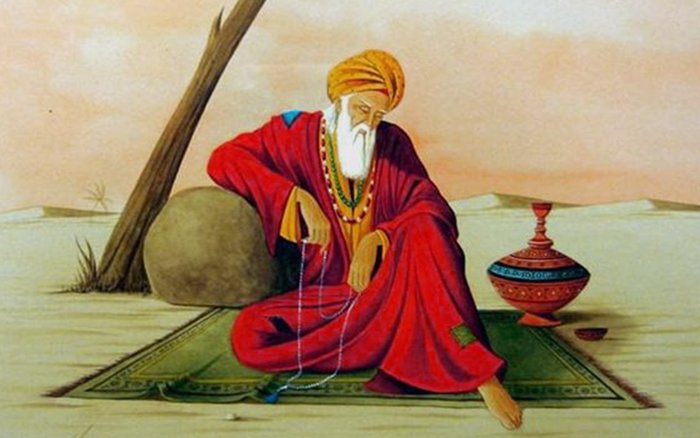
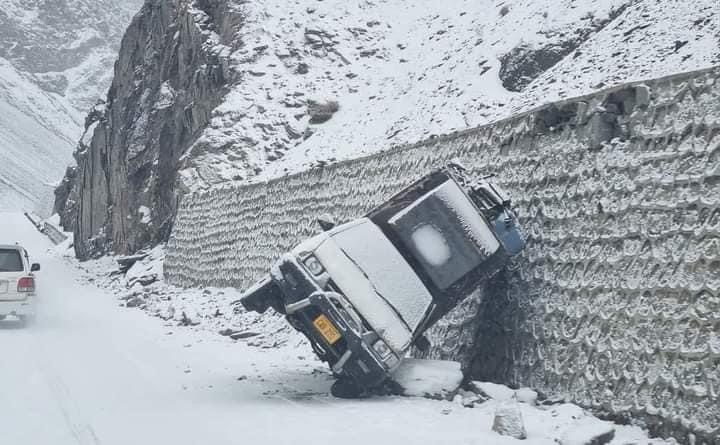


 Tourism3 years ago
Tourism3 years ago
 Arts, Culture & Heritage2 years ago
Arts, Culture & Heritage2 years ago
 Tourism3 years ago
Tourism3 years ago
 KIU Corner2 years ago
KIU Corner2 years ago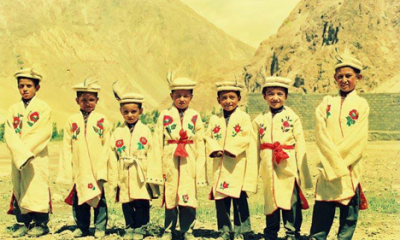
 Arts, Culture & Heritage2 years ago
Arts, Culture & Heritage2 years ago
 KIU Corner2 years ago
KIU Corner2 years ago
 Opinion3 years ago
Opinion3 years ago
 Arts, Culture & Heritage3 years ago
Arts, Culture & Heritage3 years ago
